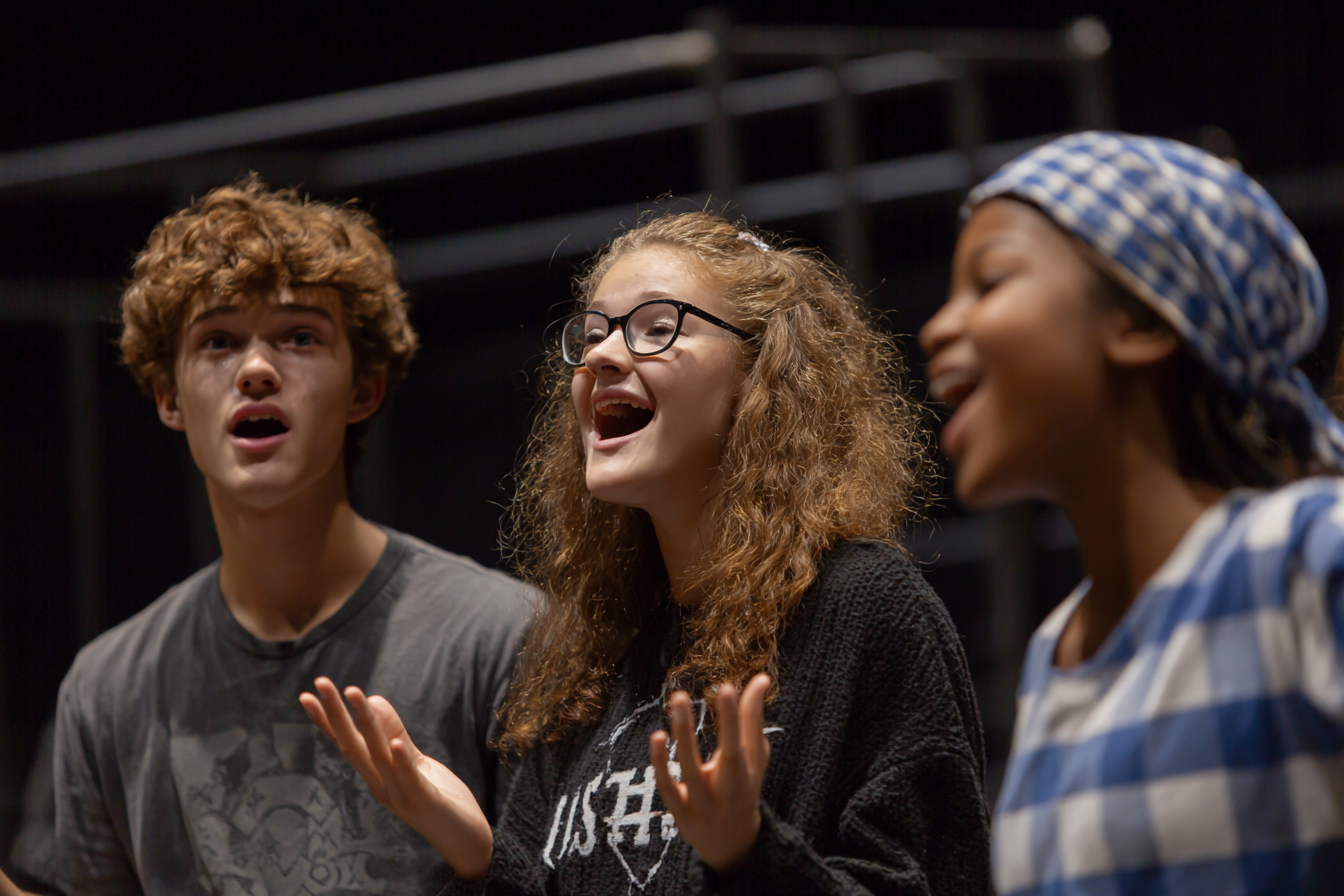Lesson Plan (Grades 9-12): Modernizing a Classic Play: Adapting Drama for Contemporary Contexts
Modernize a classic play by reimagining a pivotal scene in a contemporary setting; translate original dialogue into modern speech, film a 3–5 minute performance, and annotate adaptation choices to preserve themes and character motivations.

Lesson Title: Modernizing a Classic Play
Grade Level: Grades 9–12
Subject Area: English Language Arts & Drama
Overview In this multi-session unit, students work in small groups to breathe new life into a classic drama—whether Shakespearean tragedy or Greek classic—by adapting a pivotal scene to a modern setting. Through close reading, creative translation, performance, and annotation, learners will:
- Analyze the original scene’s themes, language, and dramatic structure.
- Reimagine the characters and setting in a contemporary context (e.g., courtroom drama, social-media livestream, corporate boardroom).
- Modernize the dialogue into vernacular that retains the scene’s rhetorical power—metaphors, cadence, conflict.
- Stage and film a 3–5 minute performance, applying basic cinematography and directing principles.
- Annotate their scripts to explain how specific adaptation choices preserve or reinterpret original themes and character motivations.
- Reflect on the challenges and insights gained by transforming classical text into a modern narrative.
By the end, students will have deepened their appreciation for dramatic literature, strengthened textual analysis skills, and gained experience in collaborative creative production—an authentic, engaging way to master both ELA and performance standards.
II. Objectives and Standards
Learning Objectives Students will be able to:
- Perform Textual Analysis: Identify and explain at least three central themes, dramatic tensions, and rhetorical devices in the original scene, citing line numbers and stage directions.
- Contextual Adaptation: Select a contemporary setting that parallels the original’s power dynamics and rewrite stage directions and dialogue accordingly.
- Language Translation: Convert early modern English or archaic Greek into clear modern vernacular while preserving metaphorical meaning and emotional intensity.
- Collaborative Production: Plan, rehearse, and film a coherent 3–5 minute scene using roles—director, actors, cinematographer, sound mixer—demonstrating shared responsibility.
- Script Annotation: Provide margin notes linking each modern choice (setting, prop, tone) back to original text elements, explaining thematic fidelity or creative reinterpretation.
- Reflective Critique: Evaluate the adaptation process in writing, discussing how setting and language shifts affect audience understanding of themes and characters.
Standards Alignment
- CCSS.ELA-LITERACY.RL.9-10.2 / RL.11-12.2: Determine themes or central ideas and analyze their development, providing a summary distinct from personal opinions.
- CCSS.ELA-LITERACY.RL.9-10.4 / RL.11-12.4: Determine the meaning of words and phrases as used in the text, including figurative and connotative meanings.
- CCSS.ELA-LITERACY.W.9-10.3 / W.11-12.3: Write narratives or scripts to develop experiences or events using effective technique, concrete details, and well-structured sequences.
- CCSS.ELA-LITERACY.SL.9-10.5 / SL.11-12.5: Include multimedia components and visual displays in presentations to enhance the development of main ideas.
- National Core Arts Standards (Drama)
- TH:Cr1.1.HS: Generate and conceptualize artistic ideas and work—adapting contexts and language.
- TH:Pr4.1.HS: Develop and refine artistic techniques and work for presentation—filming and staging skills.
- Social-Emotional Learning (CASEL)
- Social Awareness: Demonstrate empathy by inhabiting character perspectives in a new context.
- Responsible Decision-Making: Consider ethical and cultural implications of shifting original settings and language.
